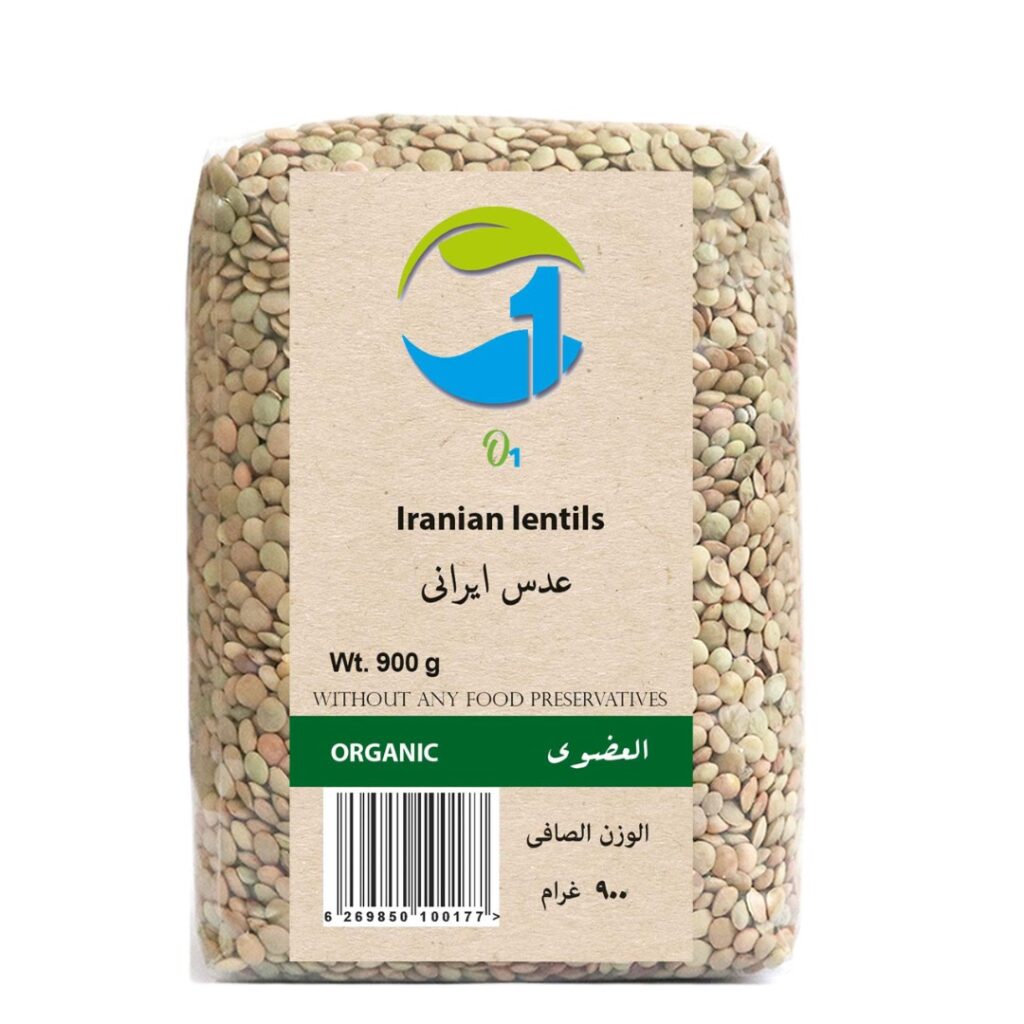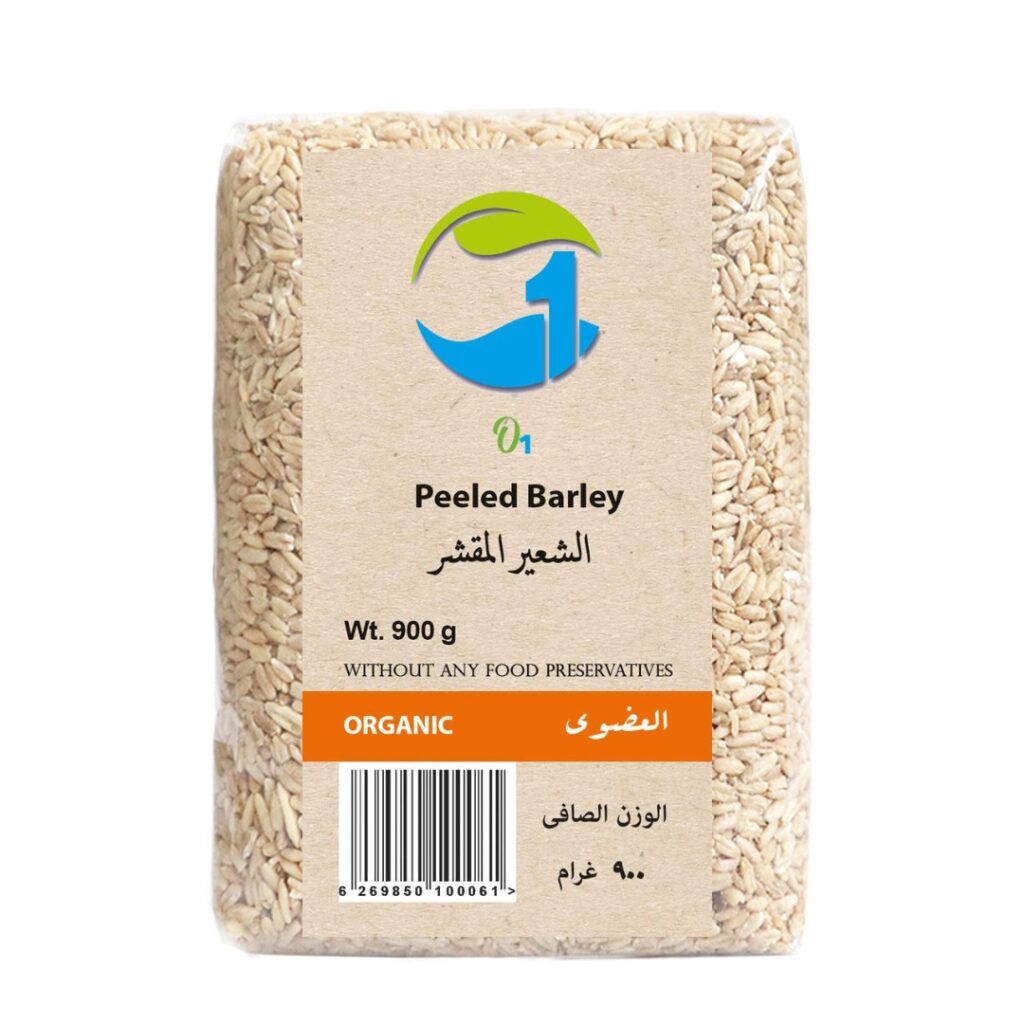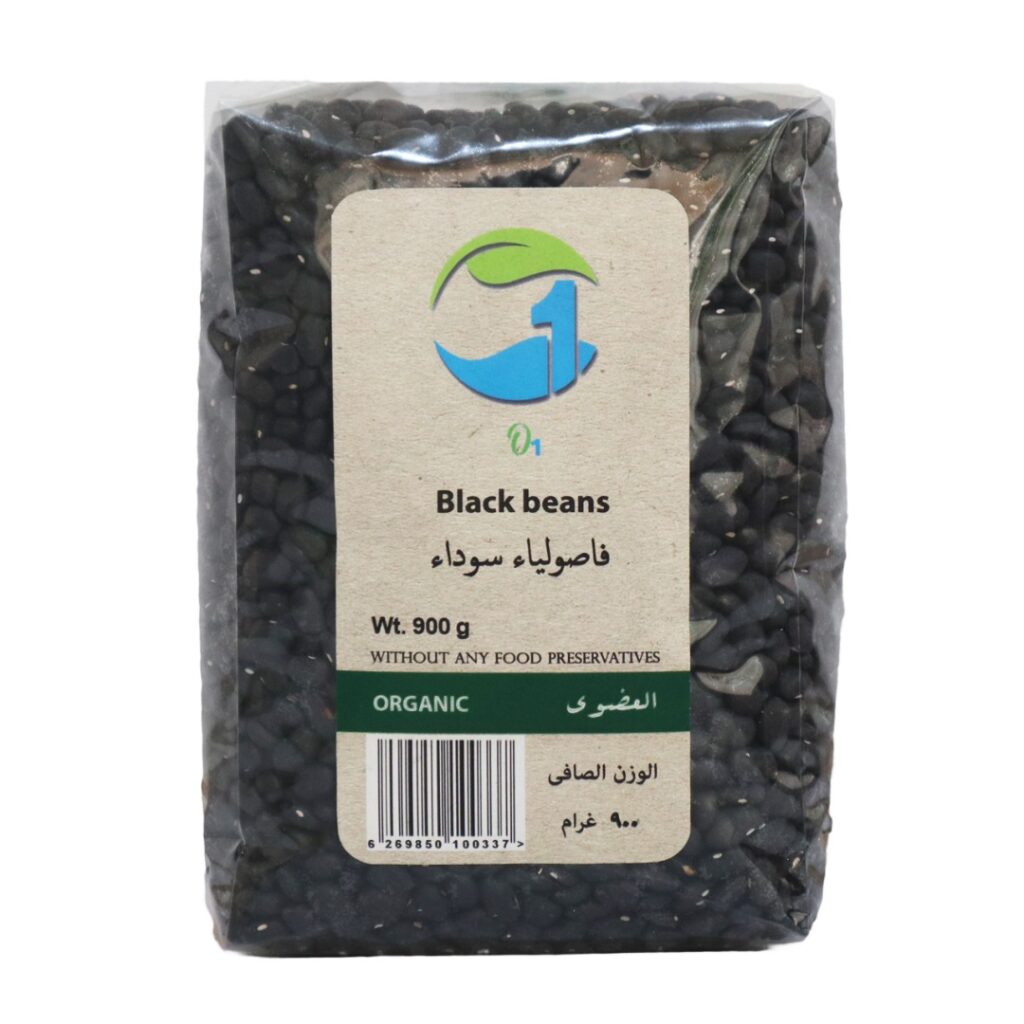Gaz (Persian: گز) is the traditional name of Persian nougat originating from the city of Esfahan and Boldaji, located in the central plateau of Iran. The sweet, milky sap (gaz of Khunsar) found on the angebin plant is associated with manna, a food mentioned in the religious texts of the Abrahamic religions. The sticky white substance is exuded from the anus of the nymph of a psyllid insect, either Cyamophila astragalicola or C. dicora, in its final instar, which live on plants of Astragalus adscendens and is collected annually and is combined with other ingredients including pistachio or almond kernels, rosewater and egg white. Modern versions of gaz may not contain gaz of Khunsar and may use sugar and corn syrup as substitutes for psyllid manna.

Pistachio nuts are dry fruits of species of trees belonging in the Anacardiaceae family, in the genus: Pistacia. The plant is a medium sized broad, bushy, dioecious, deciduous tree, believed to be originating in the mountain ranges of West-Asian region. Several cultivars exist; however, the most popular variety grown for the commercial purpose is the kerman.
The fruit, in fact, is a drupe (fruit with a large, central located single seed), and its seed kernel is actually the edible portion. Each season, the tree bears heavy clusters of fruits, which appear somewhat like that of a grape bunch. On the exterior, the mature fruit features hard, off-white color shell which splits apart exposing yellow-light green, oblong shape kernel inside. Pistachio kernel measures about 1 inch in length and 1/2 inch in diameter and weighs about 0.7-1 gm.

Possible health benefits of consuming Pistachios
Pistachios are rich source of energy; 100 g of nuts provides 557 calories. In addition, they are rich in mono-unsaturated fatty acids like oleic acid and an excellent source of antioxidants. Regular consumption of pistachios in the diet helps to lower total as well as bad LDL cholesterol and increases good HDL cholesterol levels within the blood. Research studies suggest that Mediterranean diet that is rich in dietary-fiber, mono-unsaturated fatty acids, and antioxidants help to prevent coronary artery disease and strokes by favoring healthy blood lipid profile.
They are rich source of many phyto-chemical substances that may contribute to their overall antioxidant activity, including carotenes, vitamin E, and polyphenolic antioxidant compounds. Research studies have been suggestive of that these compounds help remove toxic oxygen-free radicals from the body, and thus, protect it from diseases, cancers, as well as infections.
Pistachios are an excellent sources of vitamin-E, especially rich in gamma-tocopherol; contain about 23 g per100 g. vitamin E is a powerful lipid soluble antioxidant, essential for maintaining the integrity of cell membrane of mucus membranes and skin; offer protection from harmful oxygen-free radicals.
The nuts are packed with many important B-complex groups of vitamins such as riboflavin, niacin, thiamin, pantothenic acid, vitamin B-6, and folates.
They are the storehouse of minerals like copper, manganese, potassium, calcium, iron, magnesium, zinc, and selenium. 100 g nuts provide 144% of daily-recommended levels of copper. Copper is an essential trace mineral that is required in neuro-transmission, metabolism, as well as red blood cell (RBC) synthesis.
Pistachio oil extracted from these nuts is one of the healthiest cooking oils. It has pleasent nutty aroma and has excellent emollient properties. It helps keep skin well protected from dryness. Besides been used in cooking, it also employed as “carrier or base oil” in traditional medicines in massage therapy, aromatherapy, in pharmaceutical, and cosmetic industry.
Just a hand full of pistachios a day provides enough recommended levels of phenolic anti-oxidants, minerals, vitamins, and protein
Iranian Pistachios:
Iranian pistachios include many local name and each name represent a region shape or quality type. However in term of shapes there are in four main groups. All types can be founded in Iran market in raw or roasted with several production offers such as mechanically, opened or closed pistachio, roasted and salted, roasted and salted with added lime.
Iranian Long Pistachios
The most famous local brands of Iranian long pistachio are as the following:

Iranian long pistachios – Akbari
Akbari: This type is the highest economic value. Its fruits are large and almond shaped. It can be harvested in late September. This is a newer variety with good yield and with long, large nuts.
Momtaz: The fruit of this nut is almond shaped. It is very delicious compared to other types of pistachios. It can be harvested in late September.
Badami: This nut is generally small. It mainly grows in gardens of Zarand, Kerman. It can be harvested in early summer.
Ahmad Aghaei: This nut is rather large and its fruit is almond shaped. It can be harvested in late September. The newest commercial variety, very popular with the farmers, because of high yield and its shorter time to reach production. It is very popular in some markets like India and Greece. Production of this variety is increasing. It also has the whitest shell hue among the four.
Available sizes of Iranian Long Pistachio are 20/22, 22-24 and 24/26, with 18/20 also available in small quantities. Pistachio size unit is the number of nuts in one Once.
Iranian Jumbo Pistachios

Kaleh Qouchi: This nut is famous for being large. It is sensitive to shortage of water and its leaves are complex. This type of nut is vulnerable to cold weather in spring. It can be harvested in mid September. On the whole Kalleh Ghouchi is not being budded anymore and production is from existing trees. Although commercially quite successful, Kalleh Ghouchi trees showed a steep drop in growth and production as they grew older than 40 years old. It is expected that the production would slowly decline.
Available sizes are 20/22, 22/24 and 24/26, with 18/20 being available in small quantities.
Iranian Round Pistachios;

Fandoghi: This cultivar is the most widely available pistachio variety and grows in most pistachio growing areas of Iran. Fandoghi is of round type and has the lowest shape index among the four cultivars. In recent years, around 50% of Iranian production is of the Fandoghi type. The reason is its limited yield, the new orchards are seldom planted with this variety.
It comes in the following sizes 28/30, 30/32 and 32/34 nuts per ounce. Size 26/28 is also available in small quantities.
Kernel Pistachio and green skinned pistachios
This type of pistachio has totally green color which is used in food industrial. Commonly use to color and flavor the ice cream, chocolate or cake.

http://irantraders.net/en/iranian-pistachio-types/
http://www.nutrition-and-you.com/pistachio.html
http://www.usatoday.com/story/news/world/2013/04/01/iranians-rebel-price-pistachio/2042987/
http://en.wikipedia.org/wiki/Pistachio
Raisin comes from the Latin racemes and means “a cluster of grapes or berries”. Cultured for fruit, eaten fresh, processed into raisins or juice, with some cultivars adapted for the canning industry.
Iran is the third largest exporter of raisin in the world by exporting 92,000 tons (7% global Consumption) of raisins worth around 70 million dollars annually. There are different varieties of Iranian Raisins; Sultana Raisins, Golden Raisins, Black Raisins and Green Raisins. The advantage of Iranian Raisins is principally its price and different methods of processing, and that’s the reason why Iranian Raisins are amongst the finest raisins in the world.
It is believed that humans discovered raisins when they happened upon grapes drying on a vine. History books note that raisins were sun-dried from grapes as long ago as 1490 B.C. But several hundred years passed before it was determined which grape variety would make the best raisin. In Iran we can divide the variety of raisins into Seeded Raisins Unseeded Raisins, Green raisins, rice raisins and currants. Green raisins and rice raisins are obtained from seedless grapes and Currant is provided from variety of seeded grapes. We explain raisins preparation method, because these names are related to raisins preparation method as well as the kind of grapes, which is used in raisins production. In Iran over 200 varieties of grapes have been named in different languages, but it is obvious that most of these names are related to one item that has found different names in different locations.

Possible health benefits of consuming almonds:
The nutritional value of raisins 100 grams of raisins contains about 300 calories and is composed of approximately 75% carbohydrates, 5.3% fiber, 2.8% protein, 0-4% fat and is rich in potassium. Raisins are eaten as choice food and used in many productions for flavor in bread, cake, sweets, and wine.
Raisins, like dried apricots, figs, and prunes, are dense sources of energy, vitamins, minerals, and anti-oxidants. On weight per weight comparison basis, 100 g of dried grapes provide 249 calories, several times more fiber, vitamins, minerals and poly-phenol antioxidants than the fresh grapes. Raisins, however, contain fewer amounts of vitamin C, folic acid, carotenes, lutein and xanthins than in the fresh grapes.
As in grapes, raisins also contain phytochemical compound resveratrol. Resveratrol, a polyphenol anti-oxidant, has anti-inflammatory, anti-cancer, blood cholesterol lowering activities. Studies suggest that resveratrol has been found to have protective action against cancers like melanoma, colon and prostate, and diseases such as coronary heart disease (CHD), degenerative nerve disease, Alzheimer’s disease and viral/ fungal infections.
In addition, resveratrol reduces stroke risk by altering the molecular mechanisms in the blood vessels. It does so firstly by reducing susceptibility of blood vessels damage through decreased activity of angiotensin (a systemic hormone causing blood vessel constriction that would elevate blood pressure) and secondly, through increased production of the vasodilator substance, nitric oxide (a beneficial compound that causes relaxation of blood vessels).
Like in grapes they, especially those derived from red/purple grapes, are very high in anthocyanins, another class of polyphenolic anti-oxidants. Anthocyanins have been found to have anti-allergic, anti-inflammatory, anti-microbial and anti-cancer activities.
100 g raisins provide 3.7 g or 10% of daily-required levels of dietary fiber. Studies suggest moderate fiber in the diet help lower body weight, cholesterol levels in the blood, and colon and breast cancer incidence as well as constipation episodes by decreasing GI transit time of food. Furthermore, they are also abundant in flavonoid compounds such as tartaric acid, tannins, catechins…etc. Together with inulin and fiber; these compounds aid in smooth bowel movements through their laxative function.They are free of gluten toxin and can be consumed by people who do not tolerate gluten as an alternative healthy food.
Raisins are dense sources minerals like calcium, iron, manganese, magnesium copper, fluoride, and zinc. Copper and manganese are an essential co-factor of antioxidant enzyme, superoxide dismutase. 100 g provides 23% daily requirement levels of iron.
In addition, they are rich in heart-healthy electrolyte potassium. 100 g provide 749 mg of potassium. Potassium reduces heart rate, blood pressure by countering sodium and thereby helps prevent stroke, CHD, and peripheral vascular diseases. Furthermore, they are also good source of some B-complex vitamins such as thiamin, pyridoxine, riboflavin, and pantothenic acid.
Different types of Rasisins:

This kind is brown and is the most popular variety.
The sultana grape dries under the sun to become the delicious sultana raisin. The Greek sultana raisin has a distinct sweet flavor that resembles vanilla and a burned orange color.

This Product is available in several sizes and quality (Seedless or with Seed).This kind is oven-dried and then sulfur is added to preserve its color.

This Product is available in several sizes and quality (Seedless or with Seed).This kind is prepared by drying the fruit in full sun and results in a dark color.

This Product is available in several sizes and quality. This kind is naturally green, but sulfur is added to bring out a brighter color.
Grades of raisins in the US
Grade A
The color is good, and the flavor is characteristic of raisins. These raisins show development characteristics indicative of the fact that they are prepared from well-matured grapes (containing no less than 80% water by weight). The processed raisins contain less than 19% moisture by weight.
Grade B
The color and flavor is reasonably good. These raisins show development characteristics that highlight the fact that the raisins were prepared from reasonably well-matured grapes at least 70% water by weight. These raisins also contain less than 19% moisture, by weight.
Grade C
The color and flavor are fairly good. These raisins show development characteristics of raisins prepared from fairly well-matured grapes containing at least 55% water by weight. These raisins also contain less than 19% moisture, by weight.
Substandard
Raisins that fail to meet the standards of Grade C.
http://www.nutrition-and-you.com/raisins.html
http://en.wikipedia.org/wiki/Raisin
http://www.irandriedfruit.com/index.php
http://healthyeating.sfgate.com/benefits-eating-raisins-day-5982.html
Grains and Beans










